What Do Fed Interest Rate Cuts Mean for You?
The real impact of rate changes on markets and how understanding the why behind the Fed cuts is just as important as the cuts themselves. Whether it's the potential for volatility or long-term benefits for stocks and bonds, we’ll help you stay focused on the bigger picture.










